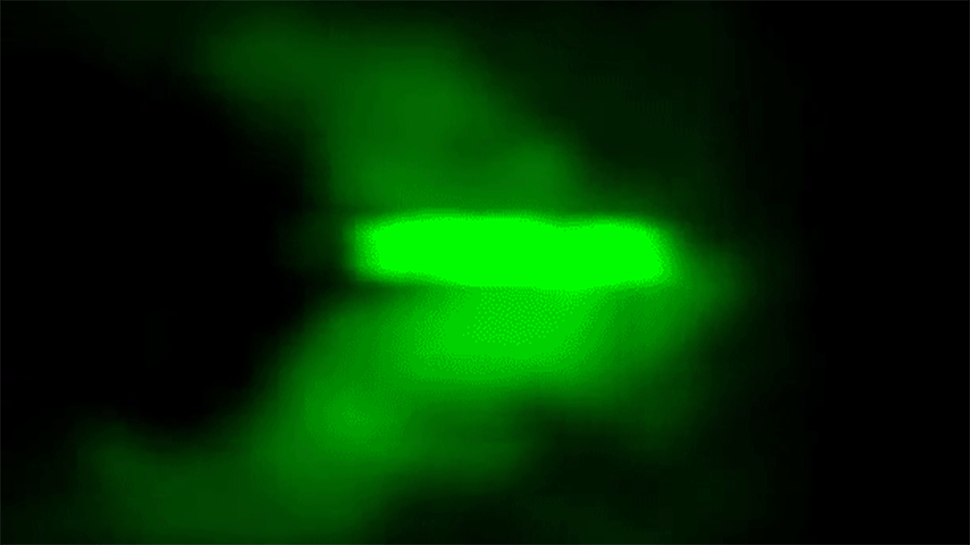
Ultra-Fast Camera Framed Video of ‘Sonic Boom’ Of Light for First Time
Technological advancements have allowed scientists, across the globe to stumble upon a number of mysterious scientific factors, which previously believed to be unworkable and one such factor is ‘sonic boom.’ A sonic boom is a sound created by the speed of an object traveling through the air, with much faster speed than of light. However, due to insufficient equipment, filming or framing the moment of sonic boom was yet unattainable. But now, a recently developed ultra-fast camera has successfully filmed a video of the sonic booms, which is the first such footage ever caught on any camera.
A team of Scientists, at the Washington University in the US, have invented the ultra-fast camera that, for the first time, has captured the indefinable pulses of light parting following the cone-shaped wakes of light, identical to airplane soaring at supersonic paces generate sonic booms. The technology developed by the scientists of Washington University is expected to enable researchers to monitor the neurons fire as well as frame the activities of the brain, in the near future.
To frame the video footage of these elusive light-diffusion occurrences, the researchers at the Washington University developed a “streak camera” that is capable of capturing the views at paces of 100 billion pictures per second in a single exposure. Through this new camera, the scientists clicked three different sights of the lighting phenomenon. In the first event, they filmed a direct picture of the sight, while two other recorded chronological information of the phenomenon. All three frames will help scientists to reconstruct the event frame by frame, manually.
For a clear-cut data acquisition, the scientists have put different bar codes on each picture, so that during the experiment, even if they all mingled together, scientists will be able to sort them out easily. There are some other systems, which are capable of framing such phenomenon, but the ultra-fast camera is able to record the events at hundreds or thousands of speed, far before the ordinary systems could see the happening.
It means, with the new camera, the researchers will be able to capture the unique, complex, and unpredictable happenings like ‘photonic Mach cones’ which are less likely to repeat themselves ever. It will also be used to capture the multifaceted biomedical contexts of the body, like the live activity of the living tissues or flowing blood.


